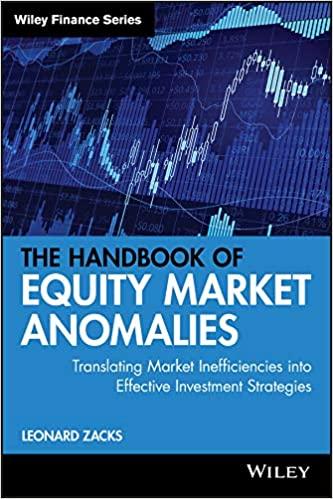Calculation of individual costs and WACC Difon Labs us asked s francial manager to ensure the cost of each sectic cat was the gecont of capital. The weighted average cos to be sured by using the slowing weight: 25% long-term dett 20 prod Mock and Dokuty retained wings, new common stock, or both). The firm's tax rate is 24% Debt The firm can tell for $1000 a 16-year. 31,000-par-value band playing annual interest 7.00% coupon rate. Afcation cout of 3% samt Preferred stock 9.00% (annual Givind preferred stock having a par value of 5100 can be sold for $94. An additional fo of 56 per share must be paid to the underwriter Common stock The firm's common stock is currently seling for $59.43 per share. The stock has paid a dividend that has growned for many years, un from 53.00 ten years ago to the $141 dividend payment, the company recently made the company wants to se new new common stock, them $8.50 below the current market price to attract investors, and the company will pay $300 per share infinest Calculate the after-tax cost of debt. The after-tax cost of oubt using the bond's yield to maturity (YTM) [0% (Round to ho decimal places) The after-tax cost of debt using the acconimation formula s % (Round to no decimal places b. The cost of preferred stock is 10% (Round to two decimal places) The cost of retained earnings is 0% (Round to two decimal places) The cost of new common stock is % (Round to two decimal places) d. Using the cost of retained earnings, the firm's WACC 1% (Round to wo decimal places) Using the cost of new common stock, the firm's WACC D% (Round to wo decimal places) Enter your answer in each of the answer boxen o Calculation of individual costs and WACC Dillon Labs has asked its financial manager to measure the cost of each specific type of capital as well as the weighted average cost of capital. The weighted average cost is to be measured by using the following weights: 35% long-term debt 20% preferred stock, and 45% common stock equity (retained earnings, new common stock, or both). The firm's tax rate is 24% Debt The firm can sell for $1000 a 16-year. $1,000-par-value bond paying annual interest at a 7.00% coupon rato. A flotation cont of 3% of the par value is required Preferred stock 9.00% (annual dividend) preferred stock having a par value of $100 can be sold for $94. An additional fee of $8 per share must be paid to the underwriters. Common stock The firm's common stock is currently selling for $59.43 per share. The stock has paid a dividend that has gradually increased for many years, mining from $3.00 ten years ago to the $4.44 dividend payment. Do that the company just recently made. If the company wants to issue new new common stock, I will them $3.50 below the current market price to attract investors, and the company will pay $3.00 per share in flotation costs. a. Calculate the after-tax cost of debt. b. Calculate the cost of preferred stock. a. The after-tax cost of debt using the bond's yield to maturity (YTM) is []%. (Round to two decimal places.) The after-tax cost of debt using the approximation formula is 0 % (Round to two decimal places.) b. The cost of preferred stock is % (Round to two decimal places.) c. The cost of retained earnings is %. (Round to two decimal places.) The cost of new common stock is 0%. (Round to two decimal places.) d. Using the cost of retained earnings, the firm's WACC is 1%. (Round to two decimal places.) Using the cost of new common stock, the firm's WACC is %. (Round to two decimal places.)








